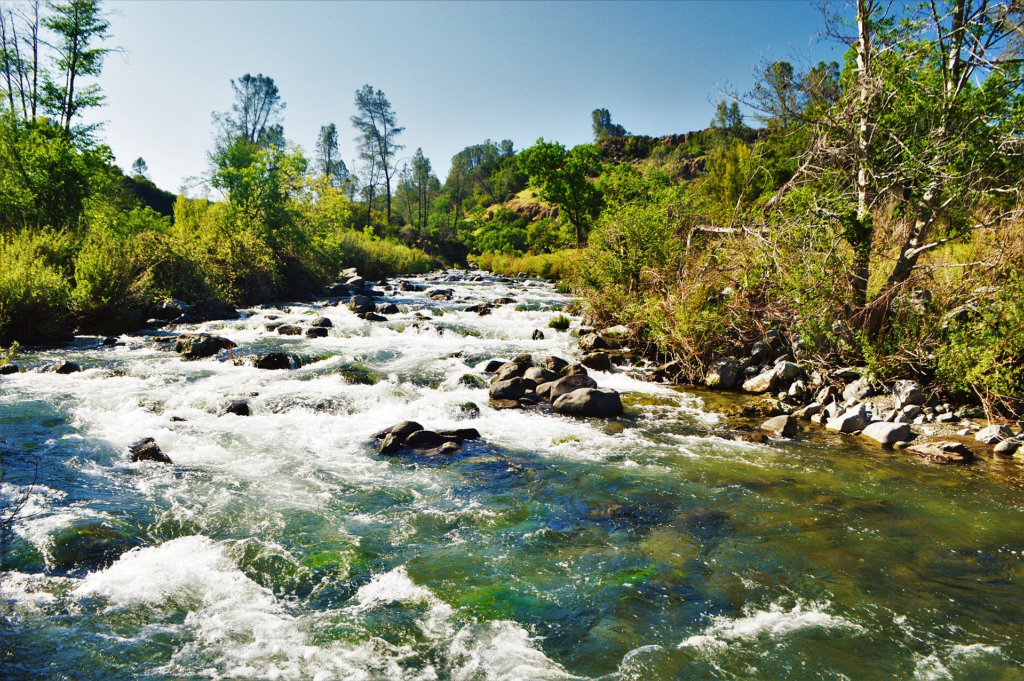The Importance of Protecting Salmon
I am not a fish specialist, scientist, or Streamkeeper; I am passionate about everything related to nature and biodiversity.
We have all seen documentaries, read articles or magazines, or listened to podcasts about Salmon at some point in our lives. Today, I will write about Salmon.
What is Salmon?
According to National Geographic, there are seven Pacific salmon species and one Atlantic salmon. They’re found in tributaries of the Pacific and Atlantic Oceans, and most species are anadromous: They are born in streams and rivers, migrate out to the open sea, and then return to freshwater to reproduce.

How many types of Salmon do we have in the world?
There are seven species of Pacific salmon, five of which are in North American waters: chinook, coho, chum, sockeye, and pink. Masu and amago Salmon occur only in Asia. There is one species of Atlantic salmon.
The Chinook/King salmon is the largest Salmon and gets up to 58 inches (1.5 meters) long and 126 pounds (57.2 kg). Pink Salmon are the smallest at up to 30 inches (0.8 meters) long and 12 pounds (5.4 kg), although they average 3 to 5 pounds (1.3-2.3 kg).
Note: Steelhead trout are often listed as an eighth Pacific salmon, but unlike other Pacific salmon, they can repeat spawning and do not die after spawning. It has been suggested that they be grouped with other fish as “Pacific Trout.” Source: U.S. Geological Survey
We all know that Salmon return from the ocean to freshwater to spawn every season. Almost all of them die afterward due to fatigue because they lack energy after the journey to fresh water.
When this happens, they become prey for animals and, when decomposing, add nutrients to the streams. How many times have we seen bears fishing them on TV? That image stays in our minds all the time.

Climate change, pollution, and droughts affect all biodiversity, and Salmon are no exception; good Streamkeeper management and a focus on natural capital are crucial to protecting Salmon and their habitat. Putah Creek is a significant stream in Northern California.
What is a Streamkeeper?
Watershed Watch Salmon Society defines Streamkeeping as preserving and enhancing a creek, stream, or river, particularly for restoring and caring for Salmon and trout. The groups that call themselves Streamkeepers usually identify themselves with a particular waterway.
I recently read an interesting article about over 500 salmon making their way up Putah Creek.
I want to share some highlights from this article:
- More than 500 fish are in the creek system.
- The drought may have helped bring the fish back to Putah Creek.
- Officials also put in about 80 tons of gravel to build and improve spawning areas.
- The researchers hope to show that the returned Salmon also started their lives in the creek, meaning Putah Creek would have its own race of Salmon.
Max Stevenson is the Streamkeeper for the Lower Putah Creek Coordinating Committee and the Solano County Water Agency in California.
Vishal Mehta, a scientist from the Stockholm Environment Institute, and I discussed protecting our natural ecosystems, like the Chinook Salmon, in the Water Stories Podcast with Max Stevenson.
Some points from our conversation:
- What is a Streamkeeper
- Salmon lifecycle
- Water infrastructure and Salmon
- Land management
- Stakeholders
Contact Max Stevenson on LinkedIn.
Visit the following link to listen to more episodes of Water Stories and learn more about topics related to water management.
About the author :
Juan Carlos Giraldo, Sustainability & Communication. Talks about ESG, Management, Climate Change, Sustainability, Biodiversity, and Sustainable Business.
